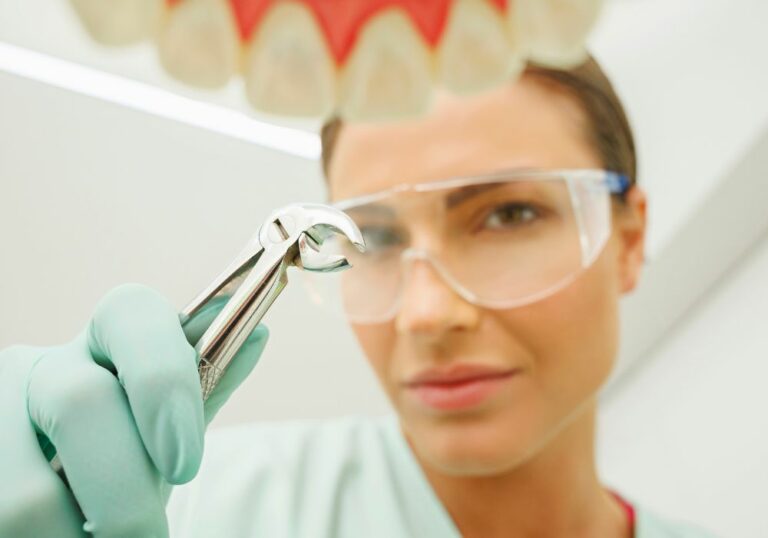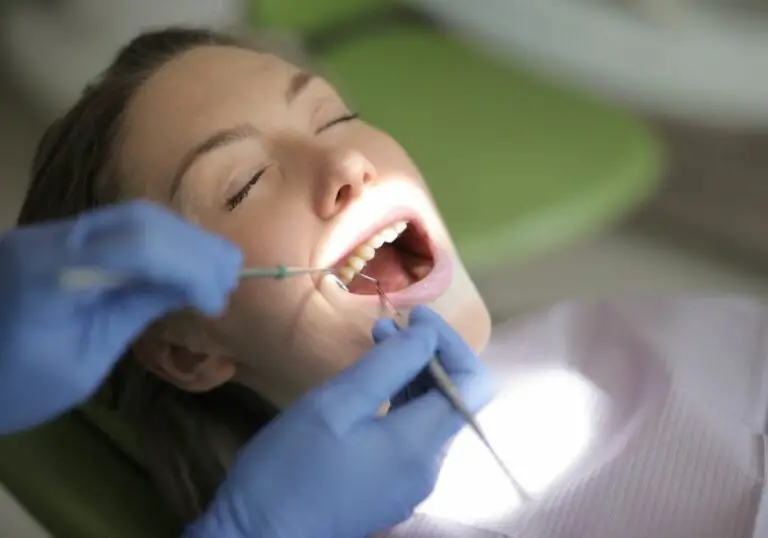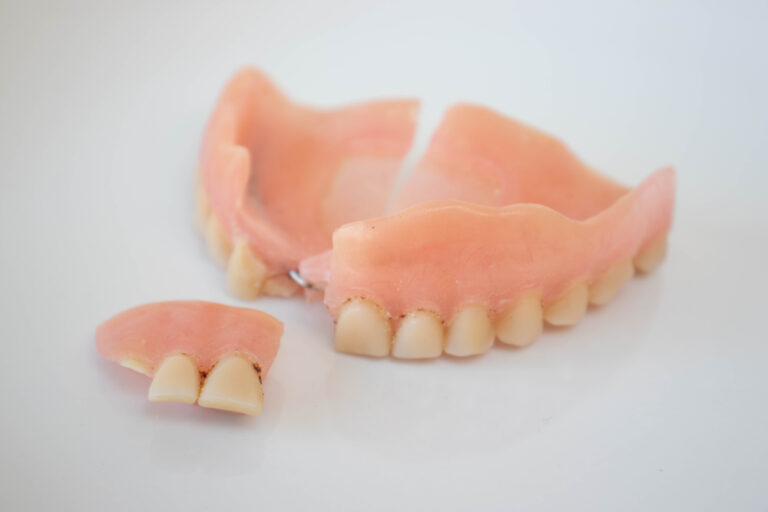If you’ve ever broken a tooth in half, you know how alarming it can be. It’s not only painful but can also affect your appearance and confidence. You may wonder if a dentist can fix a tooth broken in half and restore it to its original state. The good news is that in most cases, a dentist can repair a broken tooth and save it from extraction.
The treatment for a broken tooth depends on the extent of the damage. If the break is minor and doesn’t affect the pulp or nerve of the tooth, the dentist may be able to repair it with a filling or bonding material. However, if the break is severe and the pulp is exposed, a root canal may be necessary to remove the damaged tissue and prevent infection. In some cases, a crown or dental implant may be needed to restore the tooth’s strength and function.
Understanding Tooth Fracture

If you have a tooth that is broken in half, you may be wondering if it can be fixed. Before we get into the answer to that question, let’s first understand what a tooth fracture is.
A tooth fracture, also known as a cracked tooth, is a common dental problem that can happen to anyone. It occurs when a crack appears in your tooth, and it can range from a small, harmless crack to a more severe crack that causes your tooth to break or split in half.
There are many reasons why a tooth can fracture, such as:
- Biting down on something hard
- Trauma to the face or mouth
- Decay or weakening of the tooth
- Large, old fillings that weaken the tooth structure
The symptoms of a tooth fracture can vary depending on the severity of the crack. Some people may not experience any symptoms at all, while others may feel pain or sensitivity when chewing or biting down. In some cases, the crack may not be visible to the naked eye, and only a dental professional can diagnose it.
If you suspect that you have a tooth fracture, it’s important to see a dentist as soon as possible. Ignoring a tooth fracture can lead to further damage, decay, and even tooth loss.
In the next section, we’ll discuss if a dentist can fix a tooth broken in half and what treatment options are available.
Role of a Dentist in Tooth Repair
If you have a tooth that is broken in half, you may be wondering if it can be fixed. The good news is that in most cases, a dentist can repair a broken tooth. Here’s what you need to know about the role of a dentist in tooth repair.
When you visit a dentist for a broken tooth, the first thing they will do is assess the damage. They will examine the tooth and take X-rays to determine the extent of the damage. Based on their findings, they will recommend the best course of treatment.
In some cases, the tooth may be able to be repaired with a filling or bonding material. This is typically the case if the damage is minor and only affects the enamel or the outer layer of the tooth. If the damage is more extensive, the dentist may recommend a crown or a root canal.
A crown is a cap that is placed over the damaged tooth to protect it and restore its shape and function. A root canal is a procedure in which the dentist removes the damaged or infected pulp from the inside of the tooth and fills it with a special material to prevent further damage.
In some cases, the tooth may be too damaged to be saved. In these cases, the dentist may recommend an extraction. This involves removing the damaged tooth and replacing it with a dental implant or bridge.
Overall, the role of a dentist in tooth repair is to assess the damage, recommend the best course of treatment, and restore the tooth to its normal function and appearance. If you have a broken tooth, it’s important to see a dentist as soon as possible to prevent further damage and ensure the best possible outcome.
Procedure for Fixing a Broken Tooth

If you have a tooth that has broken in half, you may be wondering if it can be fixed. The good news is that in many cases, a dentist can repair a broken tooth. Here’s what you can expect during the procedure for fixing a broken tooth.
Initial Examination
When you visit the dentist with a broken tooth, they will begin by examining the tooth and taking x-rays to determine the extent of the damage. They will also check to make sure that the tooth’s nerve is not exposed, which can cause pain and sensitivity.
Treatment Planning
Once the dentist has assessed the damage to your tooth, they will develop a treatment plan based on the severity of the fracture. If the break is minor, the dentist may be able to repair the tooth with a filling or bonding material. However, if the break is more severe, a crown or root canal may be necessary.
Execution of Treatment
If a filling or bonding material is used, the dentist will first clean the tooth and remove any damaged or decayed material. Then the filling or bonding material will be applied to the tooth and shaped to match your natural tooth. The material will be hardened with a special light.
If a crown is needed, the dentist will first prepare the tooth by removing any damaged or decayed material. Then they will take an impression of the tooth and send it to a dental lab where a custom crown will be made. In the meantime, the dentist will place a temporary crown on the tooth to protect it. Once the permanent crown is ready, the dentist will remove the temporary crown and place the permanent one.
If a root canal is necessary, the dentist will first numb the area around the tooth. Then they will remove the damaged or infected pulp from the tooth and clean out the root canals. Once the canals are cleaned, the dentist will fill them with a special material and place a filling or crown on the tooth to protect it.
In conclusion, a dentist can fix a tooth that is broken in half. The procedure for fixing a broken tooth will depend on the severity of the fracture and may involve a filling, bonding material, crown, or root canal. If you have a broken tooth, it’s important to see a dentist right away to prevent further damage and ensure that the tooth can be repaired.
Types of Dental Procedures for Broken Teeth
If you have a tooth broken in half, there are several dental procedures that can be used to repair it. Your dentist will assess the extent of the damage and recommend the best treatment option for you. Here are some of the most common types of dental procedures for broken teeth:
Dental Bonding
Dental bonding is a quick and easy procedure that can be used to repair minor chips and cracks in teeth. During the procedure, your dentist will apply a tooth-colored resin to the affected area and then shape and polish it to match the rest of your tooth. Bonding is a great option for small, cosmetic repairs, but it may not be strong enough for larger fractures.
Dental Crowns
Dental crowns are a type of cap that is placed over a damaged tooth to restore its shape, size, and strength. Crowns are typically made from porcelain or ceramic and can be customized to match the color of your surrounding teeth. This procedure is often recommended for more severe fractures that cannot be repaired with bonding alone.
Root Canal Therapy
If the fracture has reached the pulp of your tooth, you may need root canal therapy. During this procedure, your dentist will remove the damaged or infected pulp and then fill the space with a special material. After the root canal is complete, a crown or filling will be placed over the tooth to protect it.
Dental Implants
If the tooth is too damaged to be repaired, it may need to be extracted and replaced with a dental implant. A dental implant is a small, titanium post that is surgically placed into your jawbone. After the implant has fused with your bone, a crown will be attached to the top of the post to create a natural-looking replacement tooth.
Overall, there are several dental procedures available to repair a tooth broken in half. Your dentist will work with you to determine the best treatment option based on the extent of the damage and your individual needs.
Aftercare and Maintenance of Repaired Tooth
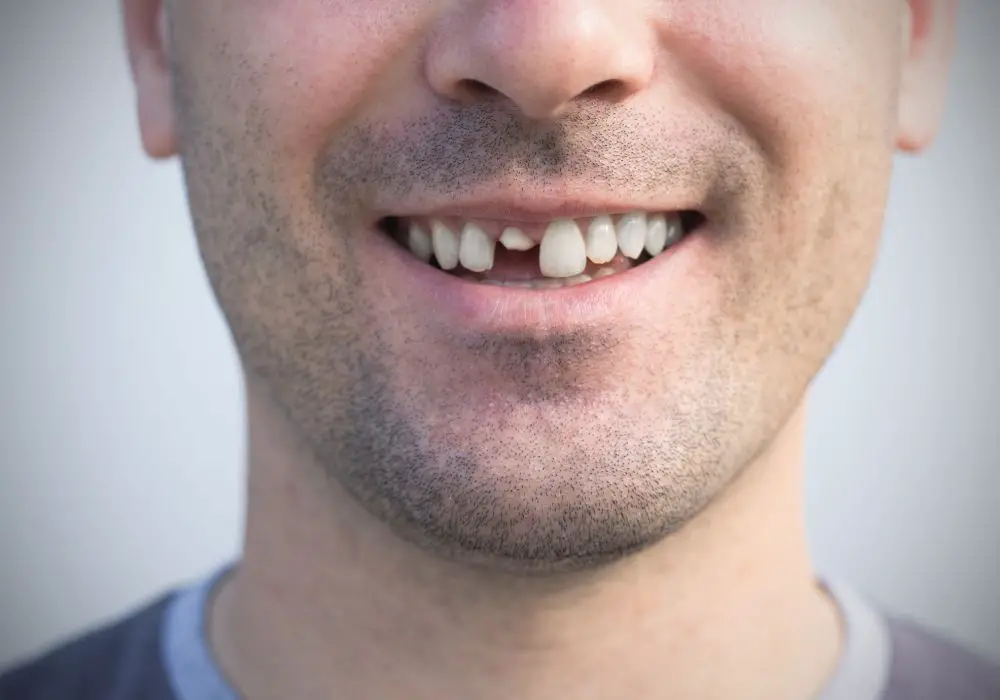
After your dentist fixes your broken tooth, it is essential to take proper care of it to ensure it remains healthy and strong. Here are some tips for aftercare and maintenance of your repaired tooth:
Avoid Hard Foods
Avoid chewing on hard foods, such as ice, hard candy, and nuts, as they can damage your repaired tooth. Stick to softer foods like mashed potatoes, soups, and smoothies until your tooth is fully healed.
Brush and Floss Regularly
Brush and floss regularly to maintain good oral hygiene. Use a soft-bristled toothbrush and fluoride toothpaste to brush your teeth gently. Floss at least once a day to remove any food particles and plaque that may have accumulated between your teeth.
Use a Mouthguard
If you play sports or grind your teeth at night, consider using a mouthguard to protect your repaired tooth. A mouthguard can help prevent further damage to your tooth and protect it from any impact.
Visit Your Dentist Regularly
Regular dental checkups are essential to maintain good oral health. Visit your dentist every six months for a routine checkup and cleaning. Your dentist can monitor the condition of your repaired tooth and address any issues that may arise.
Avoid Smoking and Drinking
Smoking and drinking can have a negative impact on your oral health, and they can also stain your teeth. Avoid smoking and drinking to maintain good oral health and keep your repaired tooth looking its best.
Taking care of your repaired tooth is essential to ensure it remains healthy and strong. Follow these tips for aftercare and maintenance, and don’t hesitate to contact your dentist if you have any concerns or questions.
Potential Complications and Risks
If you have a tooth broken in half, it’s important to understand that there are potential complications and risks associated with getting it fixed. Here are a few things to keep in mind:
- Infection: If the broken tooth has exposed the pulp (the innermost part of the tooth), it can become infected. This can be very painful and can lead to more serious health problems if left untreated.
- Nerve damage: If the tooth is broken near the nerve, it can cause nerve damage. This can result in pain, numbness, or tingling in the affected area.
- Tooth sensitivity: After a tooth is fixed, it may be more sensitive to hot or cold temperatures. This is normal and should go away after a few days.
- Discoloration: If the tooth has been broken for a while before being fixed, it may be discolored. This can be difficult to fix and may require additional treatments, such as a crown or veneer.
- Root damage: If the tooth is broken close to the root, it can damage the root. This can lead to more serious dental problems down the road.
It’s important to discuss these potential complications and risks with your dentist before getting your tooth fixed. They can help you understand what to expect and how to minimize your risk of complications.
Preventive Measures for Tooth Fractures
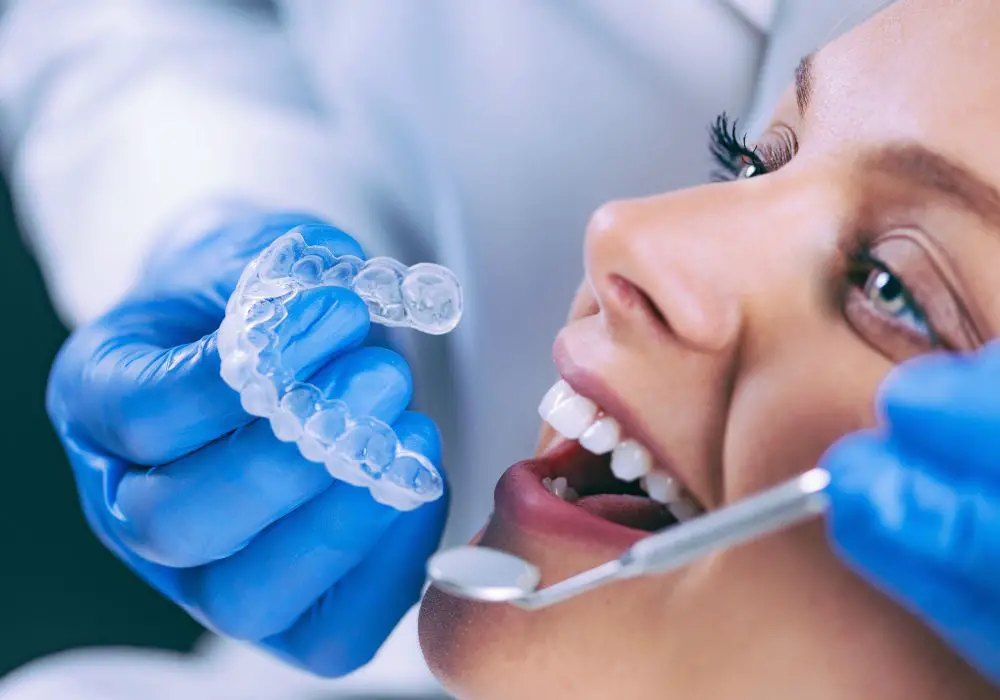
Tooth fractures can be painful and inconvenient, but there are measures you can take to prevent them from happening. Here are some tips to help you keep your teeth healthy and strong:
1. Wear a mouthguard during sports
If you participate in sports that involve contact, such as football or basketball, it is important to wear a mouthguard. A mouthguard can protect your teeth from getting knocked out or broken during a game or practice.
2. Avoid chewing on hard objects
Chewing on hard objects such as ice, hard candy, or pens can put unnecessary stress on your teeth and increase the risk of fractures. Instead, opt for softer foods or gum to chew on.
3. Practice good oral hygiene
Maintaining good oral hygiene is important for preventing tooth fractures. Brush your teeth twice a day, floss at least once a day, and visit your dentist regularly for check-ups and cleanings.
4. Get any dental problems treated promptly
If you have any dental problems such as cavities or gum disease, it is important to get them treated promptly. These issues can weaken your teeth and increase the risk of fractures.
5. Consider getting dental restorations
If you have weak or damaged teeth, your dentist may recommend getting dental restorations such as crowns or fillings to strengthen them. These restorations can help prevent fractures and keep your teeth healthy and strong.
By following these preventive measures, you can reduce your risk of tooth fractures and maintain good oral health.
Frequently Asked Questions
How can a dentist fix a broken tooth?
A dentist can fix a broken tooth by first examining the extent of the damage. Depending on the severity of the break, the dentist may use a filling, crown, or bonding to repair the tooth. In some cases, a root canal may be necessary to save the tooth.
What are the options for repairing a half-broken molar tooth?
The options for repairing a half-broken molar tooth include fillings, crowns, and inlays/onlays. A filling is used for minor damage, while a crown is used for more extensive damage. Inlays/onlays are used when the damage is too extensive for a filling but not severe enough for a crown.
Can a dentist repair a tooth that broke off at the root?
If a tooth breaks off at the root, it cannot be repaired. The only option is to remove the tooth and replace it with a dental implant or bridge.
Is a root canal necessary for a tooth that broke in half?
A root canal may be necessary if the break has exposed the tooth’s pulp, which contains the nerves and blood vessels. If the pulp is damaged, it can lead to pain and infection. A root canal can remove the damaged pulp and save the tooth.
What does it mean if a tooth broke in half and is black inside?
If a tooth broke in half and is black inside, it may be a sign of internal decay or infection. This can be caused by trauma to the tooth or poor oral hygiene. If you notice a black or darkened area inside your tooth, it is important to see a dentist as soon as possible.
Should a half-broken tooth be repaired or removed?
Whether a half-broken tooth should be repaired or removed depends on the extent of the damage and the tooth’s location. If the damage is minor and the tooth is visible when you smile, repairing the tooth may be the best option. If the damage is extensive or the tooth is not visible, removing the tooth may be necessary. Your dentist can help you make the best decision for your situation.

